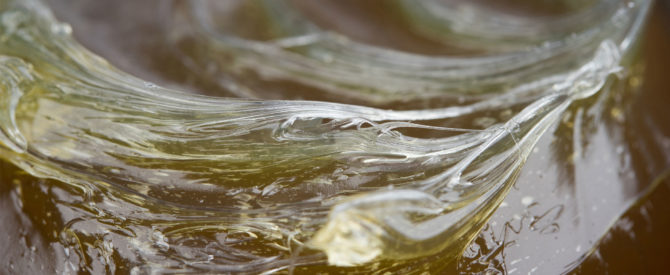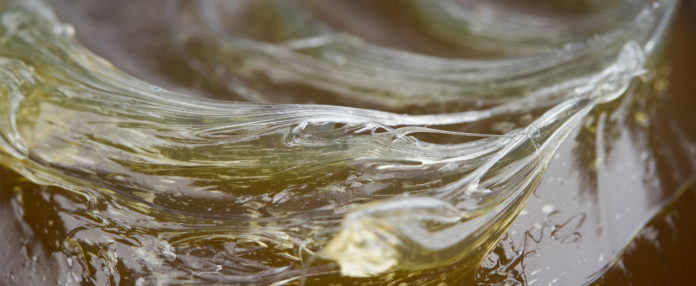North American production of lubricating greases seems to have dipped from 2018 to 2019, according to a survey by the United States-based National Lubricating Grease Institute.
In Canada, Mexico and the United States, 45 companies reported a total 458 million pounds of grease production in 2019. This was a 9% decrease from 2018, although about 3% was due to survey participants dropping out, Chuck Coe wrote in the cover letter to the survey report. Coe is president of Grease Technology Solutions, the independent research and consulting firm that conducts the survey on behalf of NLGI.
Global totals saw an increase of just 0.2%, or 4.7 million pounds, to 2.6 billion pounds in 2019.
Coe cautions readers about comparing totals from current data directly to earlier years, as participants can change from year to year. For North America and some other regions, however, the survey includes comparative data comparing numbers reported in different years by the same sets of companies.
Lithium soaps remain the thickener of choice, accounting for 65% of reported production in North America. Lithium complex is particularly popular in the region, making up 42% of greases. Calcium soaps come second at 13%, followed by aluminum soaps at 8%. Other thickeners account for a combined 12% of production. This breakout is largely unchanged from 2018.
Lithium-thickened grease is slowly losing market share globally, dropping from close to 76% in 2016 to 70% in 2019. Calcium soaps have taken up most of the slack, growing from 10% in 2016 to 15% in 2019.
This same trend, though fainter, is seen in the North American market, where lithium dropped from 69% to 66% and calcium climbed from 10% to 13% between 2016 and 2019.
Prices for lithium hydroxide rose in recent years thanks to steep demand for lithium-ion batteries in electronic devices and electric vehicles, though producers saw a reprieve at the end of 2019 due to a significant increase in supply volumes.
“Both lithium and lithium complex production are declining in North America, while aluminum complex, calcium sulfonate and anhydrous calcium have been increasing,” Coe told Lube Report. “Hydrated and anhydrous calcium soaps are cheaper and have good water resistance but are not as versatile as lithium greases. Calcium sulfonates are not cheaper but bring excellent water resistance and load carrying capability compared to lithium greases.
“What is puzzling to me is that, while global polyurea production continues to increase, it has been decreasing in the North American market,” Coe noted.
Seventy-seven percent of the region’s greases were made with conventional base oil last year, down from nearly 81% in 2018. Close to 16% was made with synthetic base fluids, up from 13% in 2018. Semi-synthetic fluids picked up by less than 1%, and biobased fluids inched up from 0.61% in 2018 to 0.83% in 2019.
This is in line with the rest of the world. “The base oil data shows a continuing trend of increasing use of synthetic, semi-synthetic and biobased base fluids,” Coe wrote in the report.
Production in Central and South America and the Caribbean changed very little from 2018. Ten companies reported 80 million pounds of grease production for last year.
The region’s production is fairly homogenous, with lithium greases accounting for 92%. Calcium greases accounted for the only other significant volumes at just over 6% of production.
Central and South America and the Caribbean used conventional base fluids almost exclusively, with synthetic and semi-synthetic fluids together making up just 1% of production. No biobased grease production was reported.
Looking ahead, Coe anticipates next year’s survey will clearly show the effects of the COVID-19 pandemic on the grease industry. “Based on the difficulty getting responses this year for the 2019 survey and the declines in demand noted in many industry articles this year, I expect to see a significant decline in production for the 2020 survey.”
Released last week, the full 30-page report of 2019 grease production includes prior-year data going back to 2016 and is available for download at www.nlgi.org. NLGI member companies can obtain a free copy, and nonmembers may purchase the report, which contains data categorized by geographic region, thickener type, base oil type and year.

Grease used for automotive ball bearing applications.
